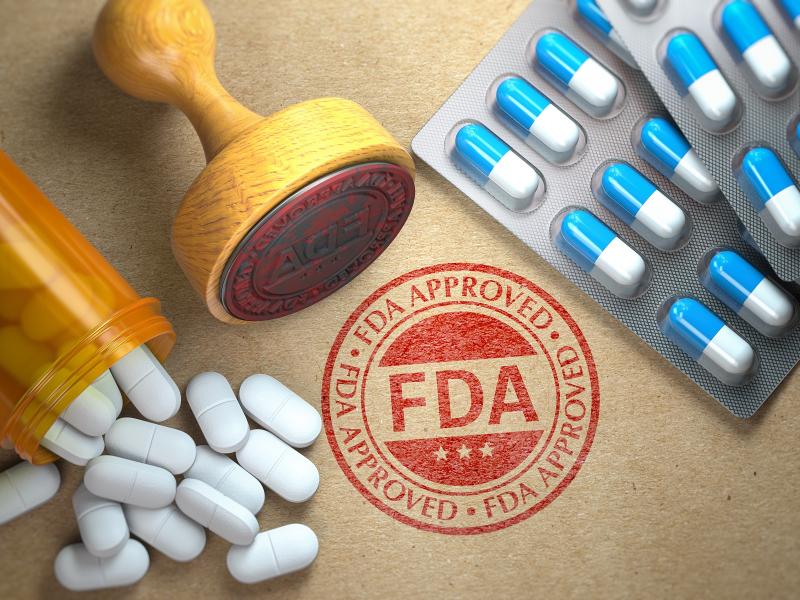
Article
Pharma Advertising and the FDA: What You Should Know About Marketing to Doctors
Pharmaceutical companies are spending billions to market their products, with the majority of that spend committed to physicians and other healthcare professionals (HCPs). In fact, pharma brands spend approximately $2.6 billion for every drug they bring to the market. Nearly all of the ten biggest pharma companies are spending more money on marketing drugs than research and development. So ensuring that your pharma ads meet regulatory approval is crucial to making sure money is well spent.
Let’s examine some of the key guidelines that the U.S. Food and Drug Administration has for advertising drugs in the U.S.
Primary Ad Categories
The majority of FDA-approved advertising used for the HCP community falls under two categories: product claim ads and reminder ads.
Product Claim Advertisements
Product claim ads include the name of the drug along with its benefits and risks. These ads must include certain components:
- The name of the drug – both the brand and generic names
- At least one FDA-approved use for the drug
- The most significant risks of the drug
Print product claim ads must include a brief summary about the drug, which typically includes all the risks listed in its approved prescribing information.
Reminder Advertisements
Reminder ads provide the name of a drug, but not its uses, benefits, or risks. The use of these ads assumes that the audience is already aware of its existence and related disclosures. Unlike product claim ads, reminder ads cannot mention or imply anything about the drug's benefits or risks. For example, a reminder ad for a drug that helps treat a skin condition should not include an image of a face, arm, leg, or any skin-covered area, because this implies what the drug does.
For more information on product claim and reminder ads, visit the FDA website.
Benefits
Within your advertising, drug benefits must be specific and relevant. The law does not allow drug companies to advertise benefits unless they are related to an FDA-approved use. In fact, U.S. law states that drug ads can only make claims that are consistent with the drug's prescribing information. For print ads, benefit claims can be implied within an ad text or by the use of pictures or graphics. For example, an ad with an image of an expectant woman may suggest a claim that the advertised drug treats women during pregnancy.
Risk Disclosure
Risk disclosure guidelines are different for product claim ads and reminder ads.
Print product claim ads may make statements about a drug's benefit(s) but must also present the drug's most important risks in the main area of the ad, as part of the fair balance requirement. While claim ads typically must include every risk, they can present the less important risks in the detailed information area known as the brief summary.
Reminder ads, on the other hand, aren’t required to disclose risk information because they cannot make claims or imply what a drug does or how it works.
As part of its guidelines, the FDA states that both ad types must include the following statement:
“You are encouraged to report negative side effects of prescription drugs to the FDA. Visit MedWatch or call 1-800-FDA-1088.”
Fair Balance
U.S. law requires that pharmaceutical ads provide a "fair balance" of information about drug risks as compared to benefits. Ad content, including presentation of a drug's most important risks, must be reasonably similar to the content and presentation of its benefits. While this doesn’t suggest that equal space must be given to both risks and benefits in print ads, each ad has to give a balanced portrayal of the drug’s use to treat patients.
As a general rule, advertising must be “consistent with and not contrary to” the FDA approved prescribing information (PI). Ads may not “expand the indication” beyond approved use and may not minimize nor omit risks disclosed in the prescribing information.
Marketing to doctors and other HCPs can require some heavy lifting when it comes to complying with FDA regulations and guidelines. Once you’ve got your ad created, the next key consideration is media placement.
For latest trends and best practices on placement, keep up-to-date with our Pharma & Life Sciences Solutions blog.
Article written by: Alex Brown


